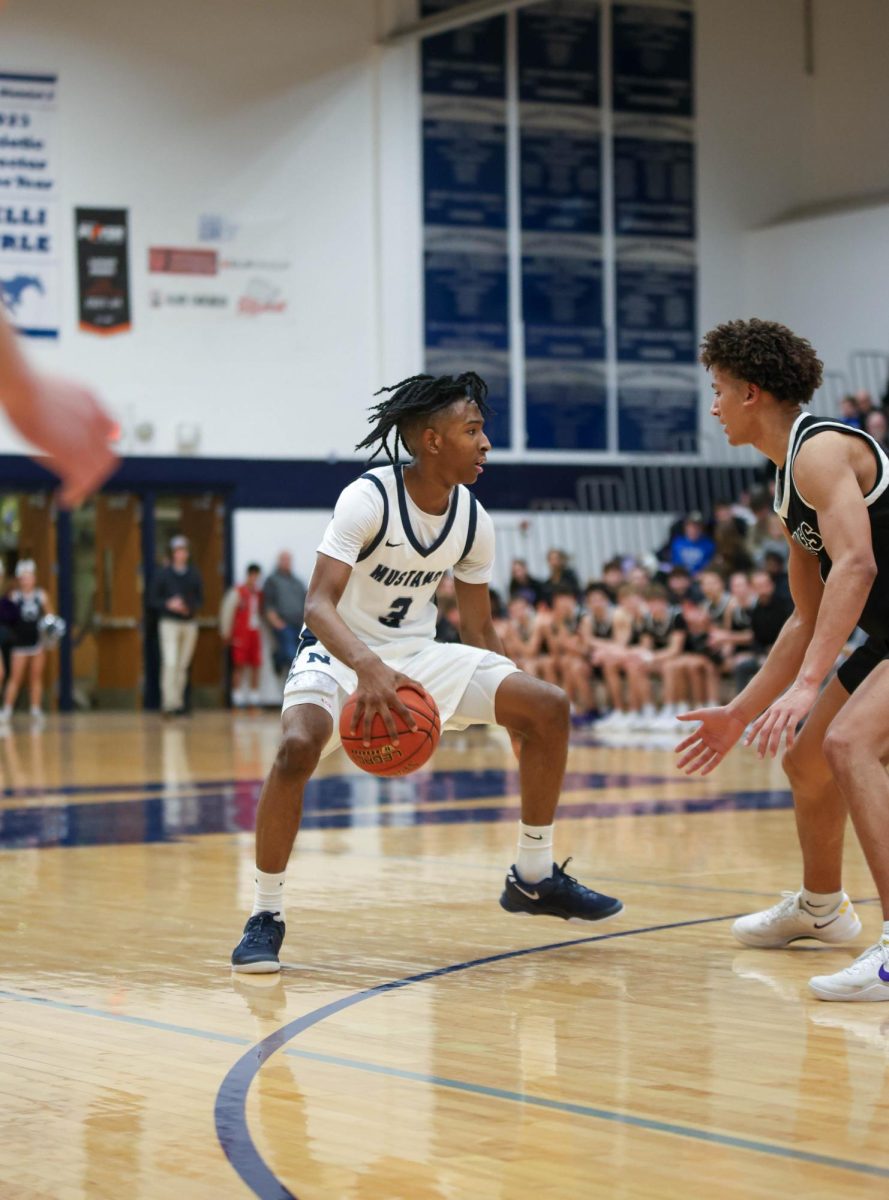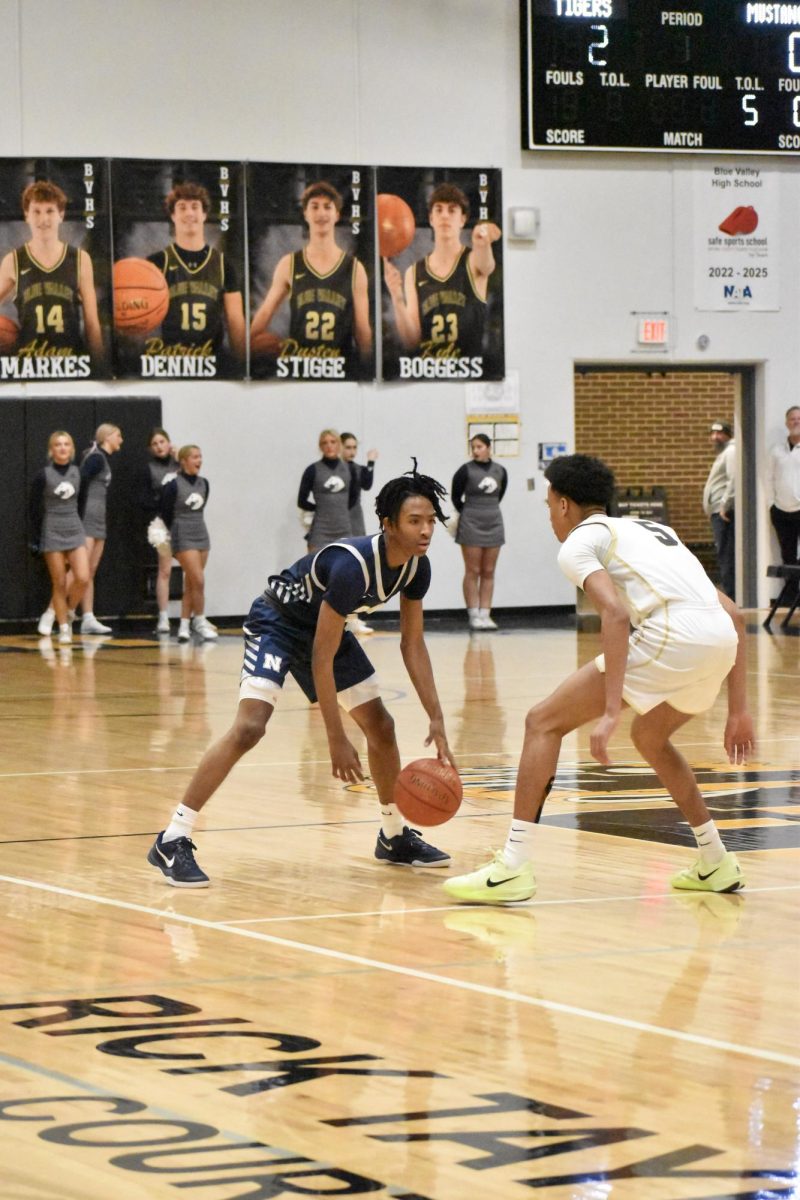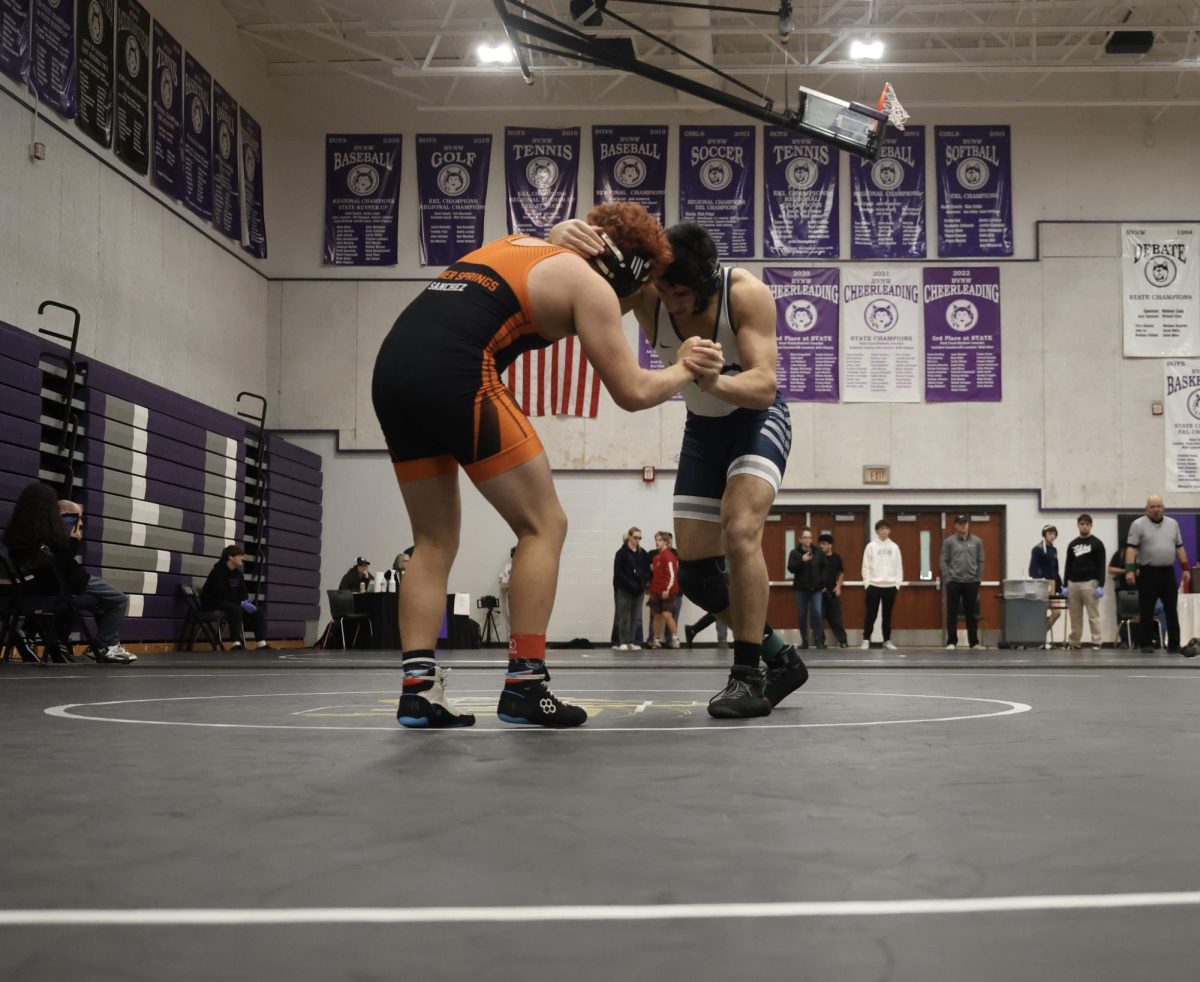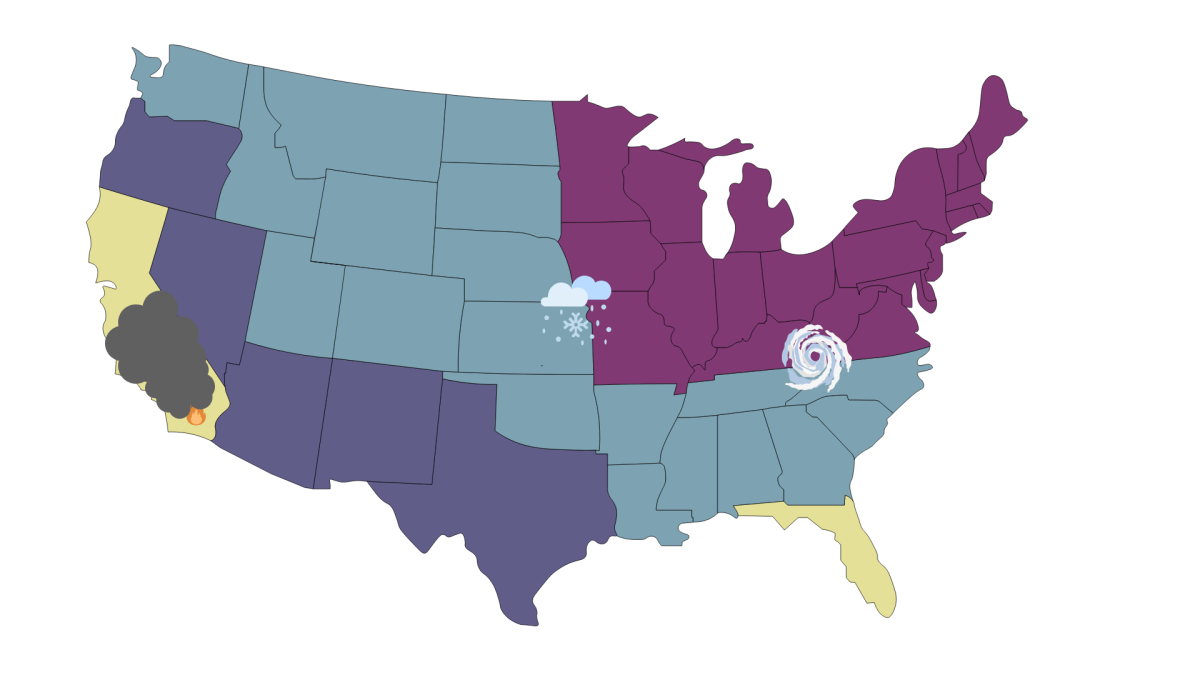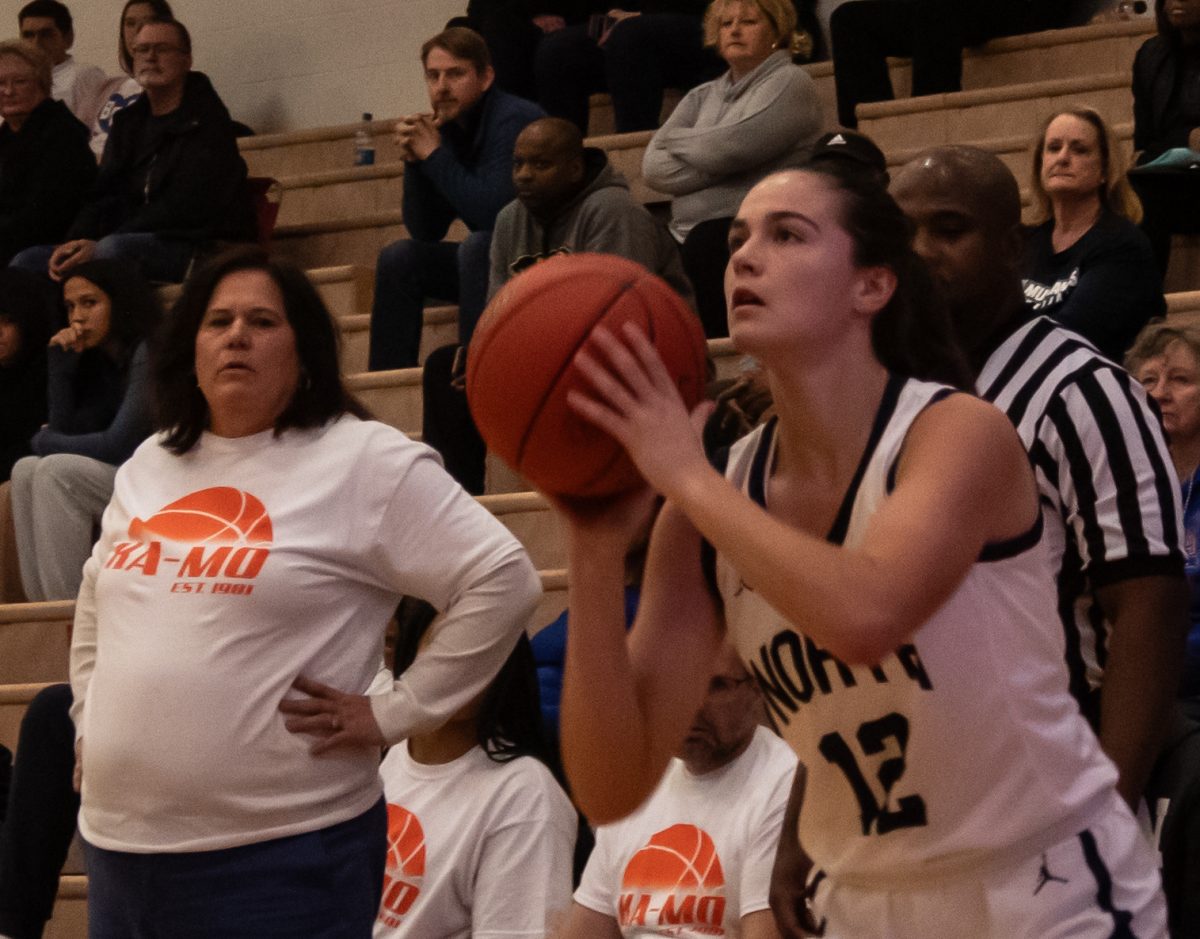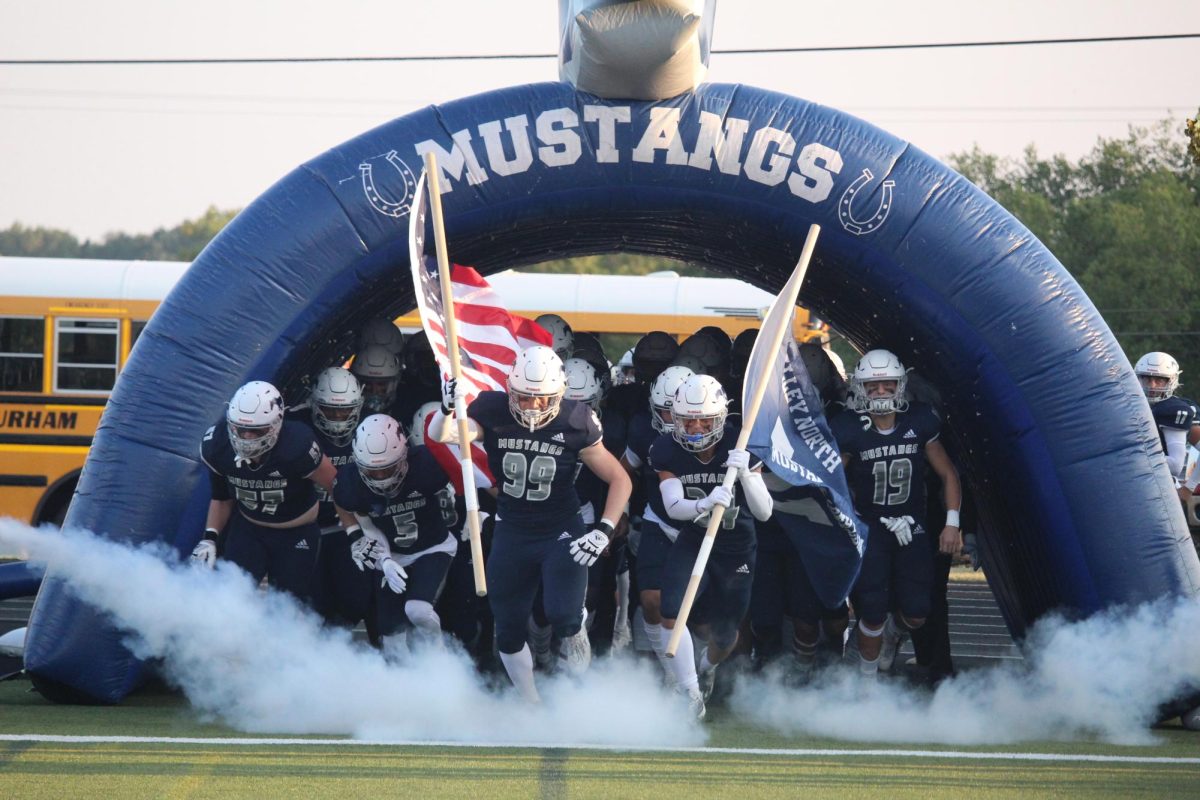As the school year has dragged on, one change that has been made is the district-wide banning and blocking of many websites, apps and streaming services. From elementary to high school, students found themselves unable to use websites and apps like Instagram, Twitter and Netflix.
Freshman Evan Nugent was one of many students who had a strong opinion on the bans.
“I guess in some ways, yeah [the bans were justified], but it’s kinda a big inconvenience to a lot of people,” Nugent said.
An issue that has arisen is websites that students would use for research have been blocked due to containing different keywords that the district has flagged.
“Sometimes when I’m trying to do a presentation or write something, a website will be blocked, and I can’t get all the information I need,” Nugent said.
While Nugent understands the decisions that the district made, he still believes that there are things that need to be looked at because the bans have restricted his access to knowledge. However, Nugent says that overall his productivity has improved due to being able to access fewer time-wasting sites.
Social Media has also been restricted recently, with Nugent agreeing that some social media should not be accessible to students.
“I would say only certain social media (should be banned), The ones where there would be some not appropriate content,” Nugent said.
Brian Daley, Chief Information Officer for the Blue Valley District, shed some light on the district’s decision.
“A group of principals that met with our school admin team requested that (the websites) be blocked based on feedback from teachers,” Daley said.
The first large wave of bannings restricted most gaming sites on student computers, and TikTok was also banned so that students were not able to access it on school Wi-Fi. Daley explained some of the concern over gaming came from students bringing their own gaming devices to school.
“Kids were bringing their personal devices to school,” Daley said. “[They were] hooking up their game controllers during class or loading into their gaming devices.”
Another wave of bannings that were notable was when Instagram and other social media apps were blocked on school Wi-Fi in March. However, these apps are now unblocked, and according to Daley, this was always the plan. The concern was that during March Madness, too much of the Wi-Fi’s bandwidth would be taken up by people watching basketball and viewing social media.
“In order to make sure that students are still able to receive the instruction they need with our internet bandwidth, we temporarily block streaming our guest network from staff and students, including Instagram, which is a large bandwidth consumer,” Daley said.
Daley also believes that students can help avoid more bannings by being smart in their usage of different apps. If students can learn to only use apps like Instagram when they are allowed to, the risk of banning is less.
“It just comes down to [if] students can learn to use it in passing periods, or when your teacher or administrators say it’s OK,” Daley said. “It’s when it becomes abused in our schools or our classrooms that’s when the chatter starts.”




